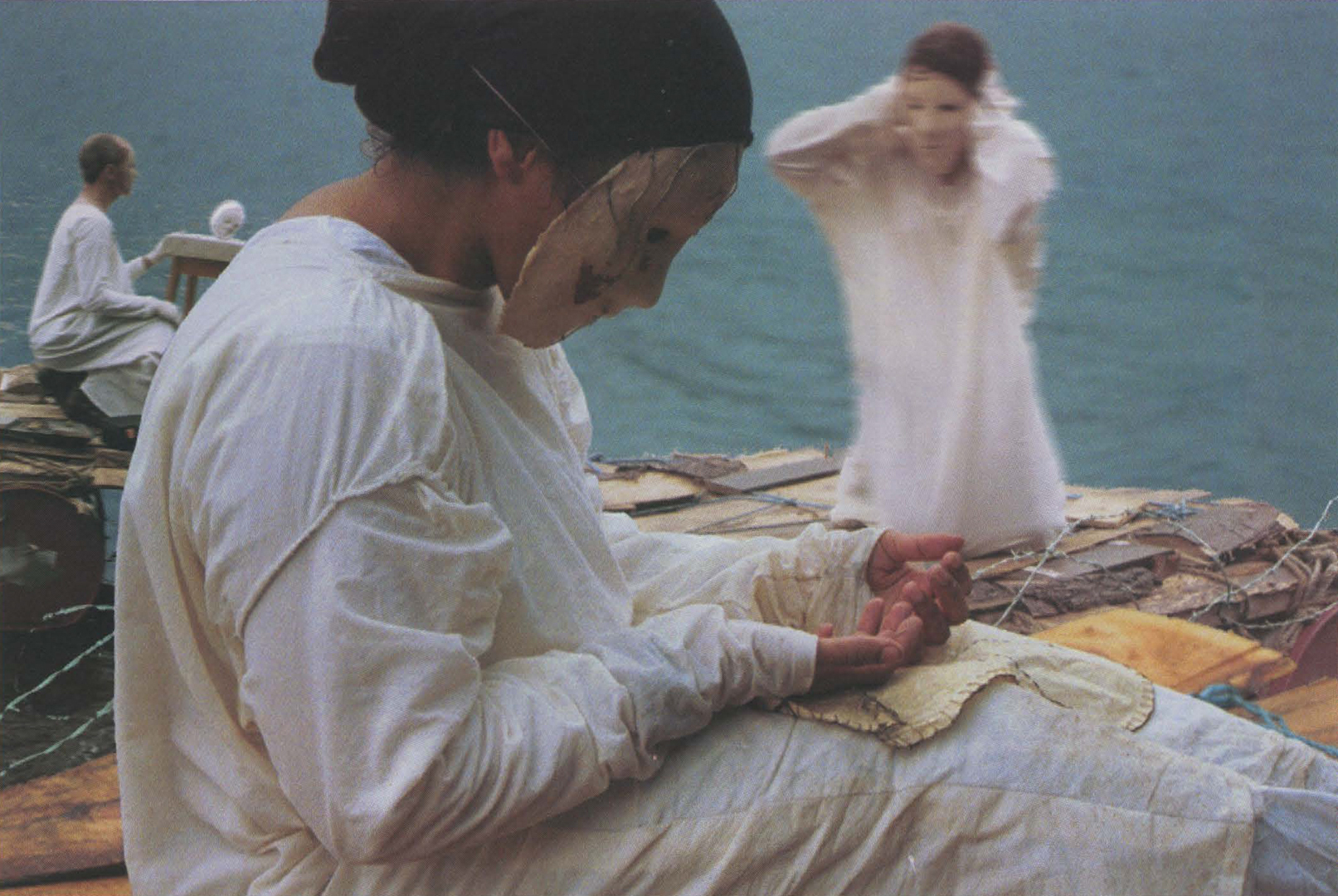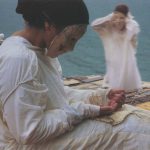Kooj Chuhan: What If I’m Not Real
Artist(s):
Collaborators:
Title:
- What If I'm Not Real
Exhibition:
Creation Year:
- 2007
Category:
Artist Statement:
Three masked figures on rafts at sea appear on each of three screens arranged as a circular triptych: an official, a migrant parent, and a child. The anxious official denies the parent access to safe land and community while engaging in lucrative military games. The conclusion poses an inevitable consequence of current conflicts. In the absence of dialogue, the installation uses poetic devices to depict asylum in the new world order, and each repeat loop of the work has a different soundtrack, suggesting alternative meanings for the same reality. The double-edged uses of blood (symbolizing both life and death) and water (allowing respite from land conflict yet denying longer residence) are strongly influenced by the equality-of-opposites concept common in China. During a two-year development period, the collaborating artists, who come from wide ranging global geographies, collectively discussed aesthetic and social issues to create a work that can be understood through many layers, that is sensitive yet brutally powerful, and that connects with a broad cultural experience.
Technical Information:
What If I’m Not Real involved shooting carefully scripted and rehearsed footage on location
using digital video and photography. I used Adobe Premiere and After Effects with Canopus
filters and keys to create film grading and tonal colour effects and give it a rough, slightly harsh, and alienating look. The music tracks were configured to represent the audio character of each of the three screens along with an ambient atmosphere, resulting in four-channel playback on discretely and spatially positioned speakers. This establishes the audio
landscape for the work. The music and audio were produced by Aidan Jolly using Apple Logic. The music changes with each repeat of the visual cycle to create four different impressions of the narrative, and occasional live music perfomances add to this re-interpretation.The use of sharks-tooth gauze suspended between bamboo batons for the screens was critical to the final look because it allows the screens to be seen through each other. It creates a rough-hewn look and provides continuity with the simple, hand-made feel of the costumes – a sense of cultures in which hand-made stuff is still a key part of the developing economy. The rocks beneath the old TV below add to the washed-ashore feel.







